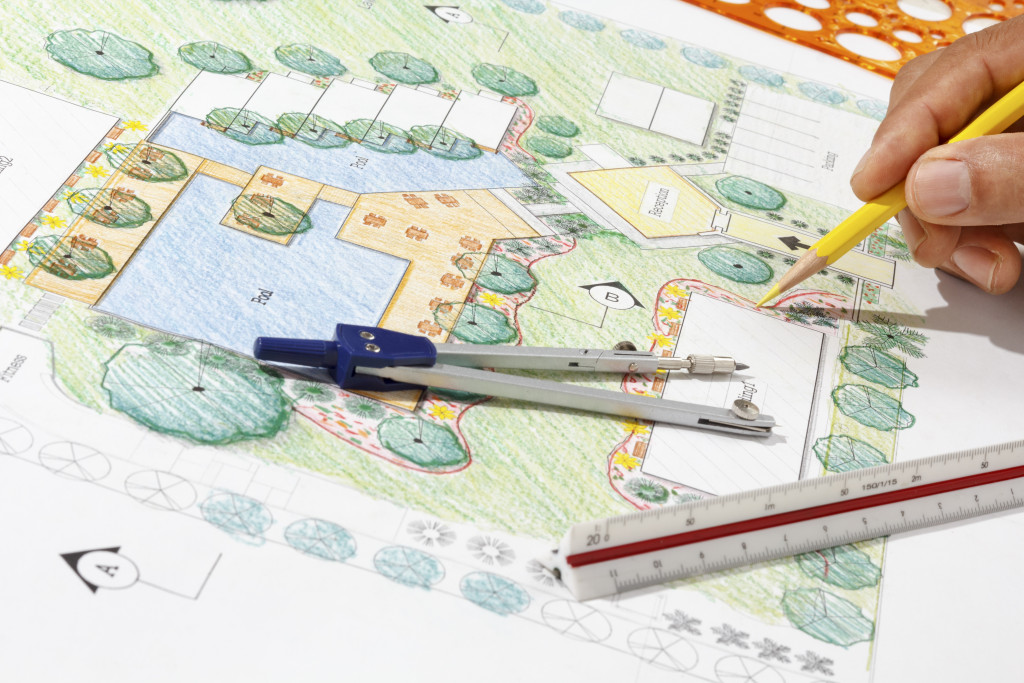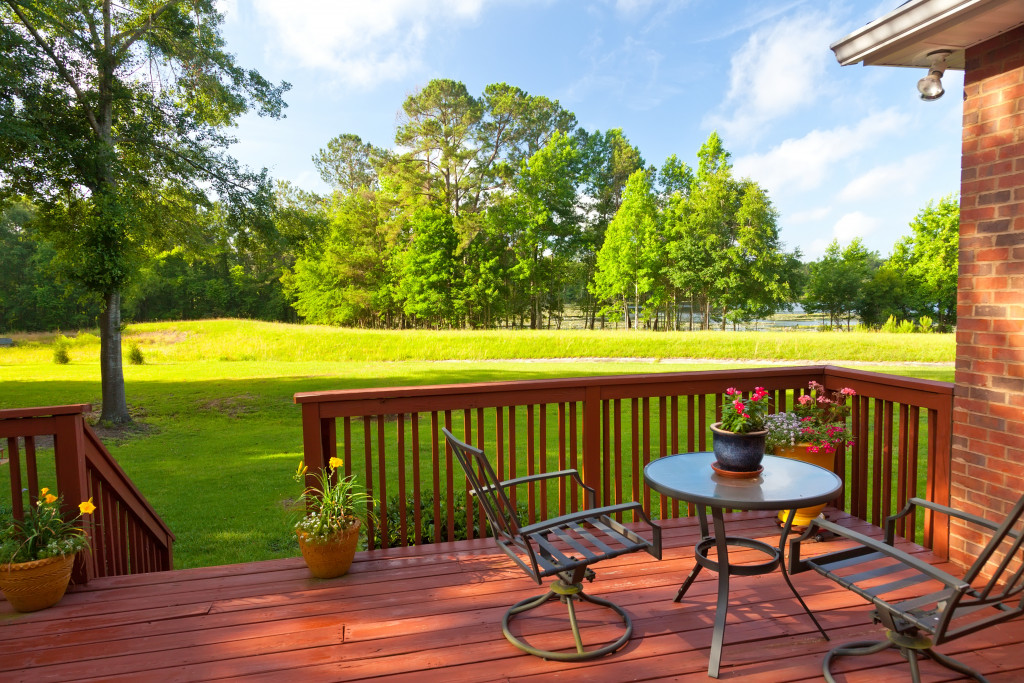Deck design is a very personal endeavor. The style of your house should be a significant consideration. Otherwise, it will seem out of place. Over the years, we’ve observed how each urban region has developed its design aesthetic. Once another takes up an idea from one builder, you end up with a taste of your own that develops in the city where you live. Then you have many manufacturers to pick from; each of them has created as many as 2-10 different design concepts for you to choose from. It is fair to say that the deck business has not suffered from a lack of innovation in the last 5-10 years.
Start with What You Want and Need
Consider the broader picture. Focus on the big picture. Imagine. You are not trying hard enough if you still want an old deck like your last home. Don’t be scared to dream big. Maybe you’d wish to have your terraced retreat, veranda, or another outside area. This method usually yields better results than copying your neighbor’s deck. You might not wholly actualize all of these ideas, but including a few into the final design will be worthwhile.
Determine what you truly need to build your ideal deck. Need a method to get out of a raised patio door? Need a place to store your grill? Do you need a place to unwind and enjoy the summer? Realizing and negotiating your requirements and desires is an essential part of design expression.
Consider Traffic
Consider the foot traffic on your deck. Make sure your furniture and grill don’t obstruct mobility. Your deck’s steps and home entrance should be easily accessible from wherever on your patio. Taller decks typically have guardrails around them. With no bars needed, a small rail or benches can assist direct traffic and preserve vistas. The deck’s interior must include lanes for mobility. Changing the decking orientation can help divide areas. Using diagonal decking to guide people’s movement is a subtle signal. The deck steps will connect the deck to the yard and provide immediate access.
Use a stair calculator to determine the number of stairs required. Long stair sets can be looped around a patio or divided by landings to make them less uncomfortable. Avoid putting steps beneath a deck structure due to headroom problems. Using several levels to transport people around your deck elegantly can be fun, but be mindful that abrupt height changes might be hazardous. Uneven or poorly visible steps can be a tripping danger. Consider a flowing wrap around the steps to help integrate the deck into the yard for low decks.

Prioritize Materials
Finding the best decking for your design is crucial. Some individuals prefer the appearance and feel of genuine wood to artificial materials. Others choose low-maintenance materials with a wide range of colors and patterns. Choosing the best decking material for you and your lifestyle requires research. Hidden fasteners eliminate floor screw or nail locations. Decks made of wood will require staining to prevent cracking and warping.
Colors range from natural to deep reds, browns, and grays. Color is vital in a good design. A border with a fun contrast can liven up any deck. Large decks with redundant floor treatment can look bland. Decking laid diagonally, or herringbone-style draws emphasis to a specific area or vista. Unique floor inlays give individuality to a deck, just like premium Trex wood can do.
Consider the View
Take the view from both the terrace and the inside of the home. If you have a bulky railing that you’d like to view, your deck is a less attractive location. Reduce the deck with steps or down portions that drop. Or use slender baluster railings or even wooden beams. Furthermore, if you like a particular view more than others, arrange your rooms such that people would turn that way.
The most straightforward and inexpensive method to expand your living space is to add a deck to your home, and the sky is the limit when it comes to deck design. Multiple floors, shaded overhanging structures, and wellness facilities are all possible – with a bit of forethought.
You can utilize online tools to build virtual decks and get inspiration from the work of others. Whether you construct a deck or renovate it, your budget is the only genuine design restriction.

